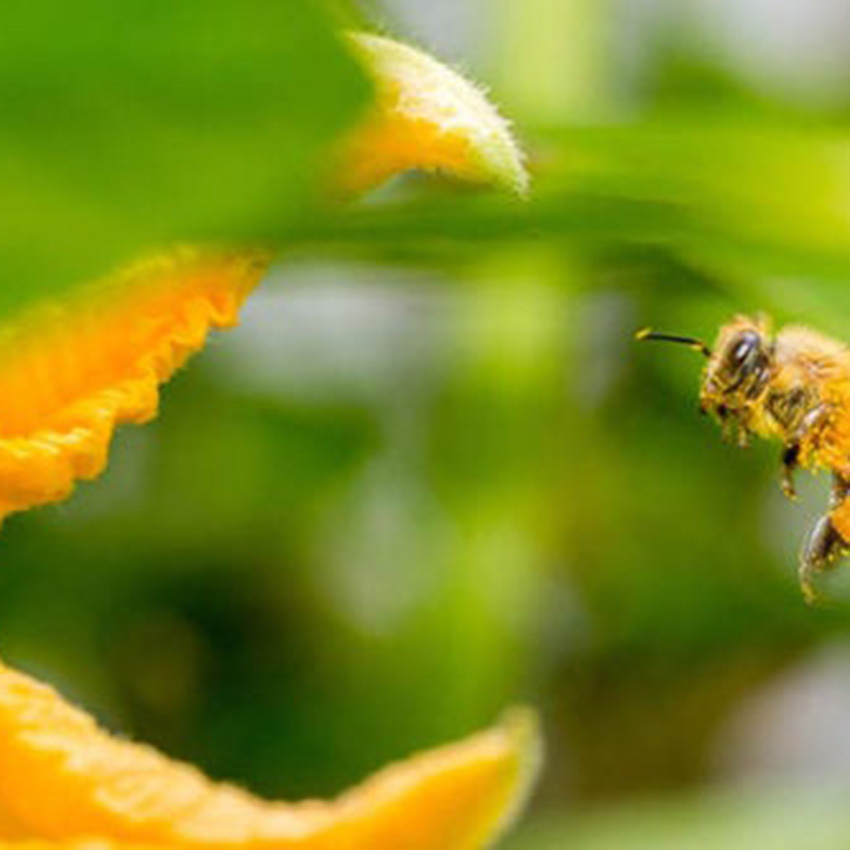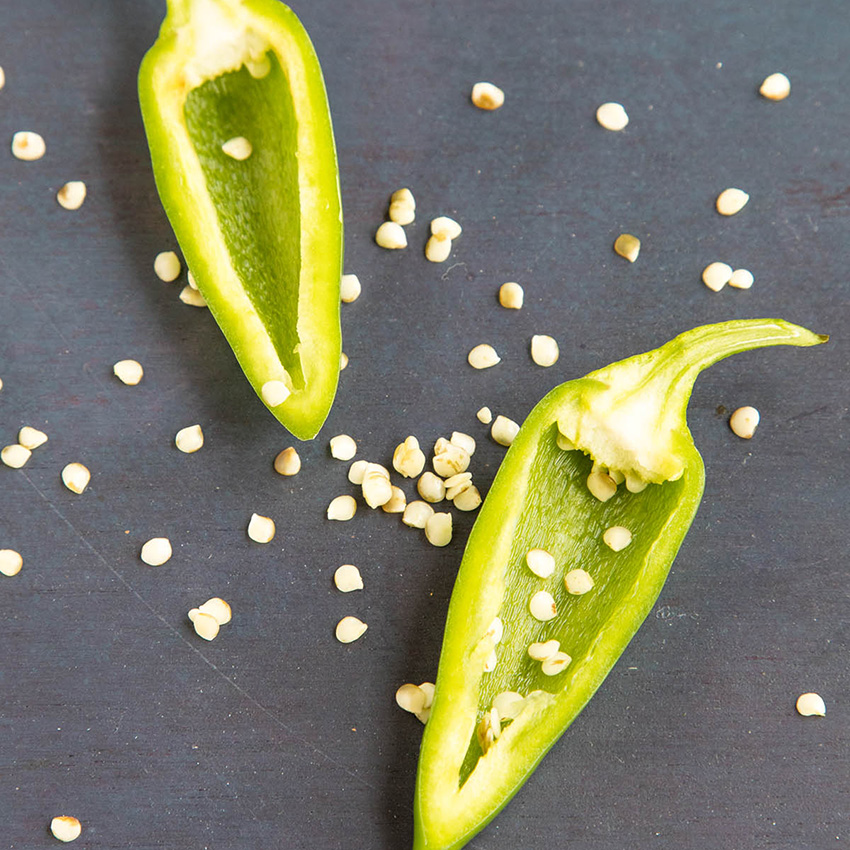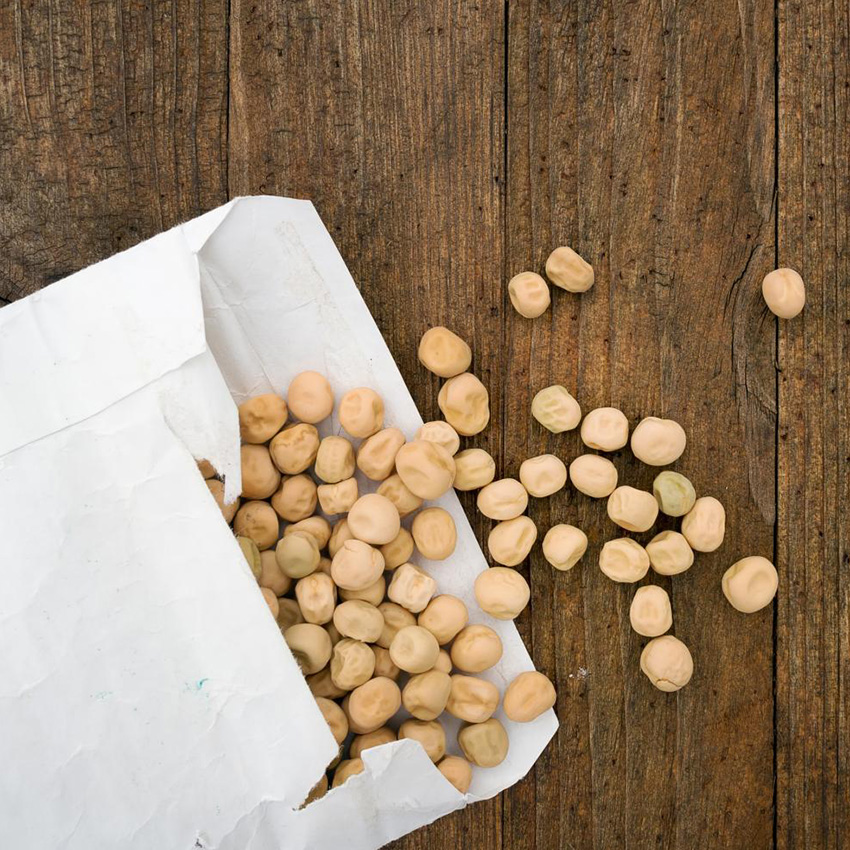Seed Saving for Tomorrow
- 2021-09-05
- By mkirk
- Posted in The Garden Buzz
By Julia Coffey, Colorado Master Gardener
Humanity has a foundational history of saving seed. The Agricultural Revolution defined the shift from hunting and gathering toward agriculture. From teosinte, the wild ancestor of corn, to modern day crops, seed is necessary for survival.
Today, it is uncommon to experience the full cycle of planting from seed to saving seed for planting the following season. However, seed saving is a worthwhile endeavor that is fun, satisfying, and practical. Selecting the right varieties and planning helps the process be less overwhelming, and seed saving is an excellent skill to learn.

THE BASICS
Organization, planning, and plant type contribute to seed saving success. Start with open-pollinated seed, which means it is genetically similar to the parent plants. Hybrid seeds are varieties that result from pollination between genetically distinct parents. They may be sterile or not genetically stabilized and not produce seed that is dependable. Store-bought seed packets are labeled as open-pollinated (OP) or hybrid (F1). Heirlooms are open-pollinated.
POLLINATION
Reproduction occurs either by self-pollination (tomatoes, beans) or cross-pollinating (corn, squash). Self-pollinating occurs without the need for other plants as pollination takes place within the flower before it opens. Cross-pollinating exchanges pollen between different flowers or different plants. Self-pollinating plants are the best for beginners because they will produce true to type offspring.

REPRODUCTION
Note when plants reproduce. Are the varieties annuals, perennials, or biennials? For annuals, seed can be saved the same year they are planted. For perennials, seeds can be saved each year but will usually begin to produce flowers the second year. Biennials will only produce seed the second year and will need to be over-wintered and then re-planted.
OBSERVATION
Watch plants carefully to determine suitability for saving. Seed saved from plants that show vigorous germination and hardy growth are the best quality. Observe plants for traits that are desirable, such as early maturation, frost hardiness, taste, color, shape, etc. Save seed from as many desirable plants as possible to preserve genetic diversity in that variety. This will also prevent what is known as inbreeding depression.
DRY METHOD
For most crops, wait until the fruiting body has fully matured and/or dried on the plant, then harvest the seeds and clean away all debris. This “dry method” assures the seeds have absorbed as much energy and nutrients from the plant as possible and are viable and mature. There are times the plant can be eaten but the seeds still saved, such as seeds from tomatoes or squash. Remove the seeds prior to eating. However, some plants will be past edibility to obtain viable seed, such as cucumbers or sweet corn.

WET METHOD
The “wet method” allows for properly saving seed by reproduction in a controlled environment. For tomatoes and cucumbers, for example, allow them to fully mature and expire on the plant—about five weeks after the eating stage. Open the fruits and scrape out the seeds and place in a jar. Cover the jar with cheesecloth and allow to sit in a warm space, 60-75°F. Stir the seeds once a day. After several days, a fungus will begin to develop on the surface of the liquid. Fill the jar with warm water and let the contents settle. Viable seed will sink to the bottom while non-viable seed will float. Pour off the layer of fungus on the top, as well as any pulp or floating seeds. Fill the jar again with water and repeat until the water becomes clear. Strain out the seeds, spread on a newspaper and allow seeds to completely dry for several days.
STORAGE
Break apart seed clumps and store them folded in paper, envelopes, or glass jars. Avoid plastic as moisture levels can fluctuate. Be sure to label and store away from light in a cool, dry place until spring planting. A basement or lower pantry or closet shelf are great places for storing. Temperature fluctuations can affect seed viability, so be certain that the combined temperature + relative humidity does not exceed 100°F for storage. It is not necessary to freeze seeds to keep them viable, however, if freezing is desired, assure seeds are completely dry before freezing. Moisture inside the seed can expand and contract during the freeze/thaw process and will damage the seed. It is important to note that “long term” storage is anything not from the current growing season. Some seeds can last a decade, some a century, but each year viability is reduced. Following best practices will improve seed viability.

Enjoy the process of seed saving and bringing the gardening experience full circle, from seed to seed. For more information, view this video from CSU Extension or the CSU Fact Sheet on saving seed.
Horticulture Resources
- Garden Buzz Archives
- CSU Extension Resources
- Colorado Master Gardener Program
- Foothills to Plains Native Plant Master Program
- Native Bee Watch Community Science Program
- The Co-Hort Blog
- PlantTalk Colorado
- Soil Testing
- Plant Select
- Emerald Ash Borer
- Japanese Beetle
- Colorado State Forest Service
- Ask an Expert


